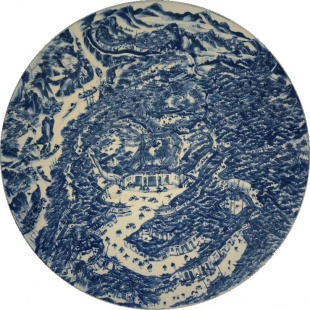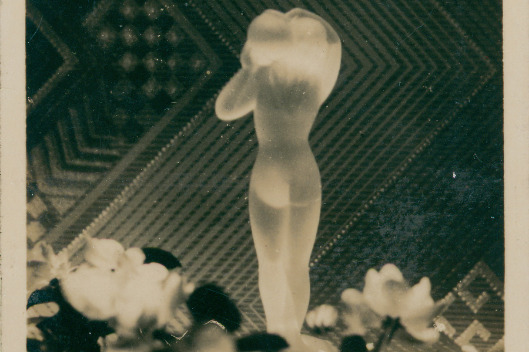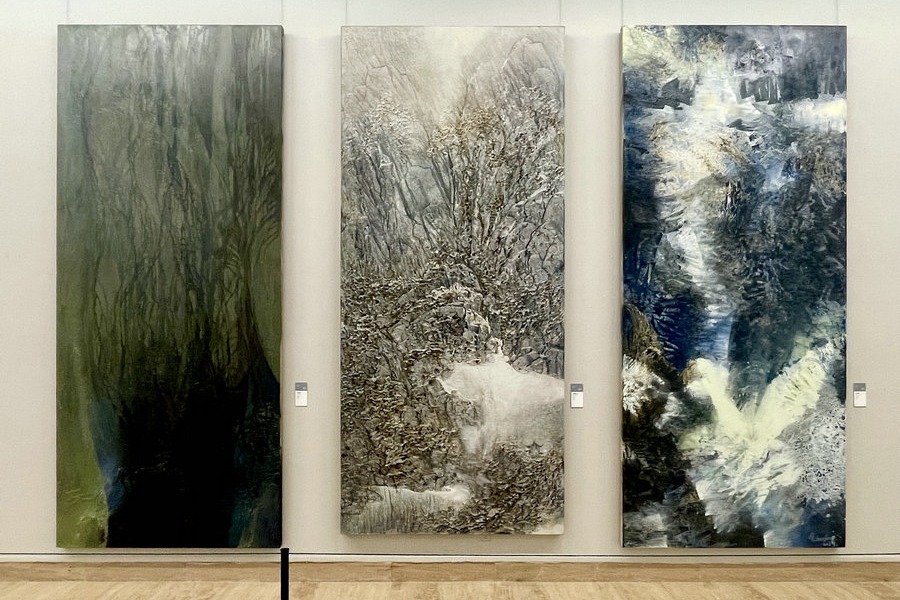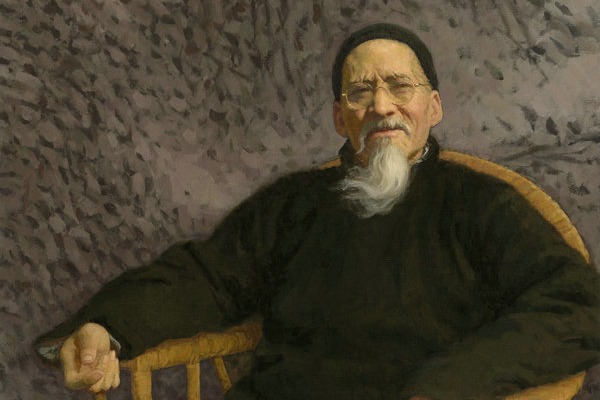Historic kilns fire up memories
Craftsmen carry on traditions that stretch back 2,000 years, Cai Hong reports in Jingdezhen, Jiangxi.


A kiln dating to the Ming Dynasty (1368-1644) has been reignited to fire porcelain in Jingdezhen.[Photo provided to China Daily]
The alleys were communities where craftspeople and their families worked and lived and there were hostels for dealers from other parts of the country.
Local ceramists used the Changjiang River to bring down clay, firewood and other raw materials from mountains nearby, as well as to transport their products to the outside world.
Jingdezhen has witnessed ceramic making for more than 2,000 years, including more than 1,000 years for official kilns and more than 600 years for imperial kilns. It has developed the porcelain-making techniques that put it in a league of its own, and by the mid-15th century, all of China's imperial porcelain came from Jingdezhen.
"The ceramic sector alone has served as Jingdezhen's most crucial economic pillar for nearly 2,000 years," Wang says.
"It was the world's largest industrial city in the early 18th century."
What Jingdezhen contributed to the history of porcelain industry, in Wang's words, was organization.
"Jingdezhen traditional ceramics have a very fine division of labor in production. It ensures the exquisite Jingdezhen ceramics," Wang says.
In his famous book The Wealth of Nations, Adam Smith explains that division of labor in production increases as the market for merchandise expands.
Coordinated effort, specialized skills and standardized replication of wares were the only way for Jingdezhen to fill short-term orders for huge amounts of porcelain from seagoing merchants in other parts of China.
From the Ming Dynasty onward, official kilns were designated as suppliers for the emperor, with private producers also drafted into service when Beijing's demands outran the capacity of the imperial furnaces.
Mass production was evident in the operation of kilns as manufacturers specialized in certain items, such as storage jars, fishbowls, wine cups and lanterns. Some kilns produced replicas of porcelains from the Song Dynasty; others copied bronze vessels from the Shang Dynasty (c. 16 century-11th century BC) or jade cups from the Han Dynasty (206 BC-AD 220).
Making porcelain in Jingdezhen was — and remains — a collective endeavor requiring as many as 169 kinds of workers, such as potters, painters, kiln workers, china stone miners and processors, men to make knives for trimming, transporters of unfired green-ware, glaze producers, mold-makers, and men to make saggar, build kilns and pack finished wares, Wang says.





































